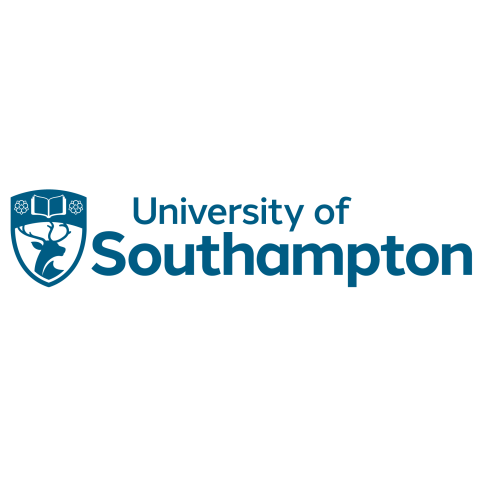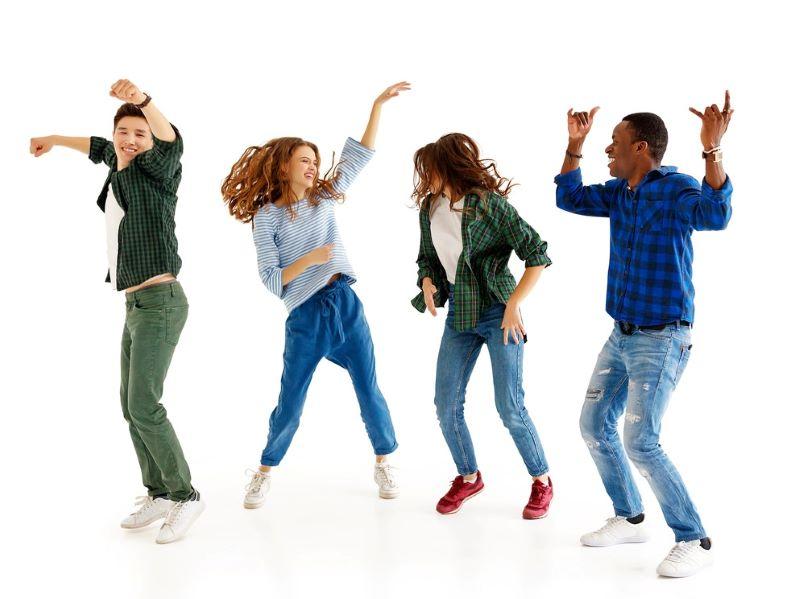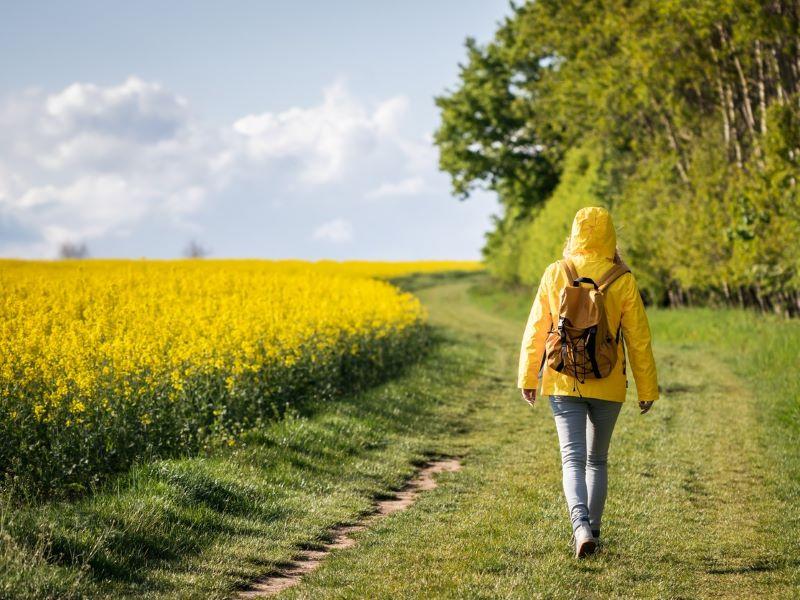
Making sport accessible to everyone on campus
Fitness and sport programmes are not only for elite athletes. Here, Phil Malatesta offers advice for how to maximise students’ opportunities for movement and physical activity
Did you know that the World Health Organization plans to reduce inactivity by 15 per cent by 2030 (from a 2010 baseline) across the world? It is backing the benefits of living longer, reducing long-term health conditions and improving mental and physical health. In England, the number of people who meet the recommended activity levels of 150-plus minutes of exercise every week has risen by 2 million since 2016, according to Sport England.
Universities can do their bit to create a positive platform for those wanting to be physically active for the first time or or wish to reconnect with moving more. To do this, they can listen to students about what activities they want, improve (or capitalise on) campus facilities and location, and work to increase access to sport and fitness programmes.
- Resources for using movement and outdoor spaces to enhance learning
- Advice for instructors to bring the tactile back to teaching
- Nine tips for teaching in outdoor places and spaces
Since 2019, the University of Southampton has been aligning with our road map to 2025, and these are lessons we have learned along the way.
Involve the student voice in planning physical activity programmes from the beginning
Institutions can ask students to help map out a plan to support activity, fitness, movement and sport, whether the goal is to move into elite sports tables or encourage first-time exercisers to start moving. Southampton Sport collaborated with the Students’ Union (SU) on the university’s first sport strategic plan in 2019. We had it all: participation, grass-roots sport, water sports and high-performance opportunities.
Student consultations – in person or virtually – can cover governance of sports clubs, setting priorities for actions according to user needs, realistic pricing and programming. Include a spectrum of voices – from inactive members to high-performing athletes – to guide the formative stages and ensure inclusivity from inception.
During our consultation period, students worked with me to get a new active participation programme just right. Permanently waiving a fee to get involved boosted its accessibility – and the programme was built on the five ways to well-being (from UK mental health charity Mind). It was a team effort, and the students involved became regular consultants throughout the scheme’s infancy.
A mechanism for ongoing consultation can help surface other issues. Another item that emerged from this consultation was that students still wanted investment in our facilities (as did we). We learned that the student voice needed continued consultation, not just at sporadic times of the academic year.
Invest in sports facilities
To embed change and improve social perception of physical activity, university facilities should aid connection with movement, sport and fitness. This seems obvious, but how does such development happen in practice?
Secure buy-in from university leadership for the goals. Thanks to our plan and student voice focus, momentum for a new era for sport and physical activity resulted in more than £40 million investment into University of Southampton sporting facilities. Ongoing communication meant that Covid did not jeopardise investment into our flagship facility and the executive board supported the new Jubilee Sport & Recreation Centre, which will open in September 2024.
Reach out to those who can influence decisions, as we all share the same goal of enhancing the student experience. Whenever we invite senior team members to our facilities, they come, listen, discuss and understand, reinforcing the value of physical activity. Those involved in the early stages of the investment worked to gather data and case studies of what investment could lead to.
Support accessibility and non-traditional activities
Make the most of existing activities, clubs and programmes on campus. Maybe you have students who already play quadball (think Harry Potter) or roundnet or go hillwalking. Work with alternative sports clubs to align fitness and movement goals and maximise accessibility.
The participation programme enabled us to get more people in the community to move more, and the goal was that each session promoted friendships, enjoyment and community. We wanted our students to build a rapport through sport – an international language in its own right.
Since 2022, we have set our sights on a place-centred approach and ensured that we have consulted student communities so they have a pathway into sport. Recent highlights include:
- SailAbility: disability-focused yachting sessions capitalise on our coastal location and allow everyone to experience water sport, despite common barriers such as cost, location or prior knowledge
- Bespoke free trials: complimentary sessions in our sports centre allow students to engage with our inclusion and disability team. Students meet our fitness ambassadors and have the chance to tour the centre to get to know our surroundings
- Inclusive women’s community: our personal trainer has worked with a dedicated society to ensure that women know they have a place in our gym
- Community-led initiatives: a community exercise referral scheme works in partnership with our local surgeries, and a refugee opportunity has included hockey and swimming opportunities – in some cases delivered by students
- Gym packages enable those from a low socio-economic background to participate.
To hold us accountable to our plan and mission, we developed an equality, diversity and inclusion commitment statement to active lifestyles. The Active for All motto has enabled us to ensure that everyone within our community knows what we are all about; it has truly helped with our local team as well, and in 2023, we were awarded the National UK Active Physical Activity Excellence award for our work in the physical activity space.
Place-centred work, a high-performance pathway, and more of our students and wider community engaging with physical activity is the way forward. We hope to achieve a working 360 journey, where our physical activity community support one another to try new things and move more.
Phil Malatesta is head of community services (sport and early years) at the University of Southampton.
If you would like advice and insight from academics and university staff delivered direct to your inbox each week, sign up for the Campus newsletter.



